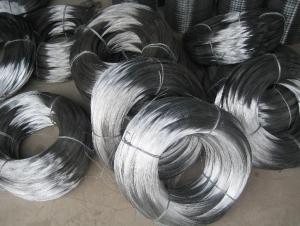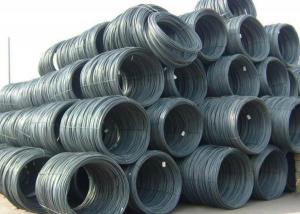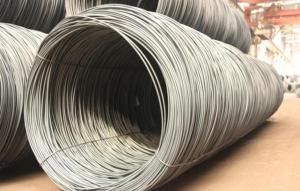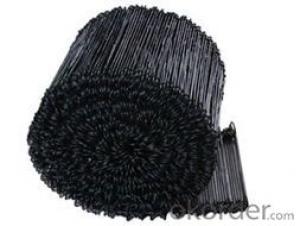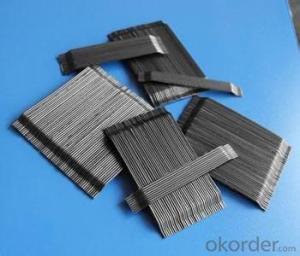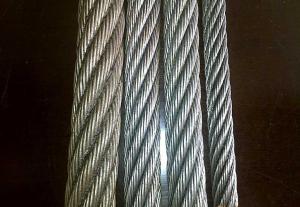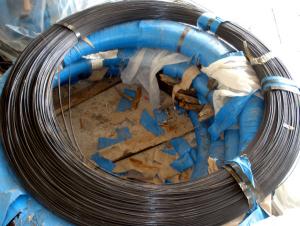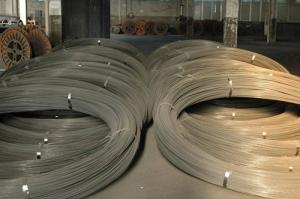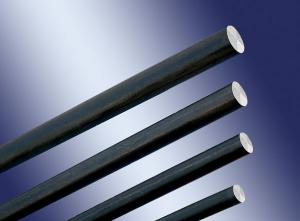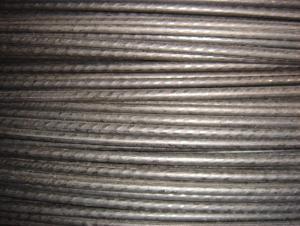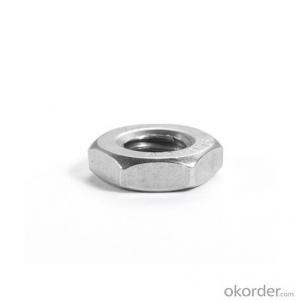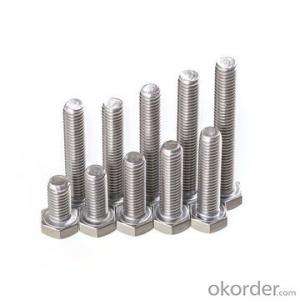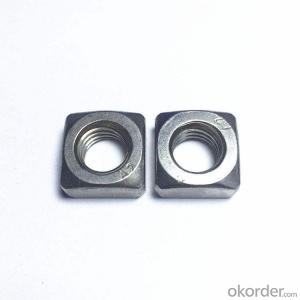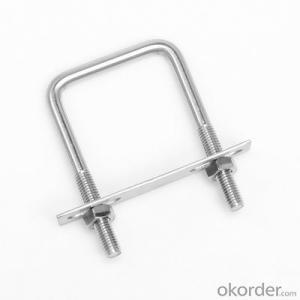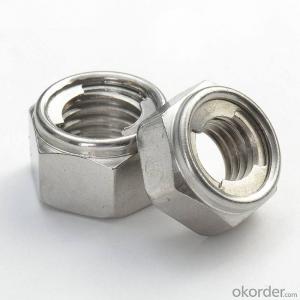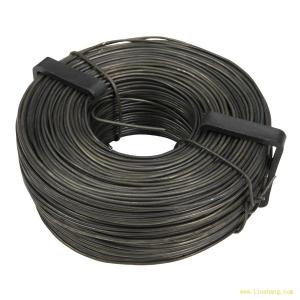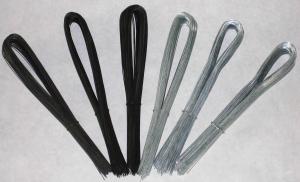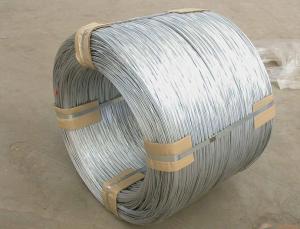Galvanized Steel Wire Steel Wire Galvanized Steel Strand Wire
- Loading Port:
- Tianjin
- Payment Terms:
- TT OR LC
- Min Order Qty:
- 5 m.t.
- Supply Capability:
- 50000 m.t./month
OKorder Service Pledge
OKorder Financial Service
You Might Also Like
Item specifice
Galvanized Steel Wire and Galvanized Strand Wire for ACSR
High Carbon Galvanzied Steel Wire;
Low Carbon Galvanzied Steel Wire
Standard:
ASTM B498,ASTM B475, GB/T3428-2002,BS 1052and AS 3607
strand wireDiameter: 7/1.67mm, 7/1.85mm, 7/1.9mm, 7/2.00mm, 7/2.10mm, 7/2.67mm
7/3.05mm, 7/3.45mm,7/4.0mm, 19/1.8mm,19/2.3mm.
Application:
Used ACSR Core and Armouring Wire; Widely used in power cable, telephone cable and telecommunication cable.
Packing:
Packed in Coil and wooden drum
We can also produce the wire according to customer's requirement
Our Advantages:
1.Short delivery and timely delivery
2.considerate after-sales service
3.Professional manufacture for CCS with more than 20 years experience
4.Full set of testing equipment to ensure products' performance
5.Strict quality control process
6.We are manufacturer and our price is competitive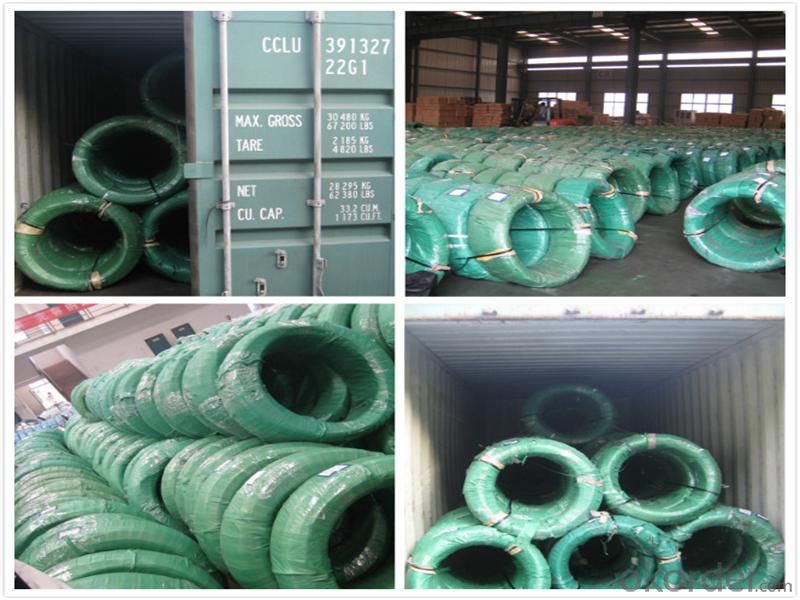

| product size: | (other size as your demands) | ||
| Wire Gauge | SWG in mm | BWG in mm | In Metric System mm |
| 8# | 4.06 | 4.19 | 4 |
| 9# | 3.66 | 3.76 | - |
| 10# | 3.25 | 3.4 | 3.5 |
| 11# | 2.95 | 3.05 | 3 |
| 12# | 2.64 | 2.77 | 2.8 |
| 13# | 2.34 | 2.41 | 2.5 |
| 14# | 2.03 | 2.11 | - |
| 15# | 1.83 | 1.83 | 1.8 |
| 16# | 1.63 | 1.65 | 1.65 |
| 17# | 1.42 | 1.47 | 1.4 |
| 18# | 1.22 | 1.25 | 1.2 |
| 19# | 1.02 | 1.07 | 1 |
| 20# | 0.91 | 0.89 | 0.9 |
| 21# | 0.81 | 0.813 | 0.8 |
| 22# | 0.71 | 0.711 | 0.7 |
- Q:So, I purchased a motion sensor light switch to replace the regular switches at my new condo. I have the wires exposed and I've identified the hot wire. My only problem is the hot wire (from inside the wall) is a single thick copper prong, whereas the wire for the motion sensor is split into like 15 different small copper wires.... I don't think the thick, single wire from the wall will work with the twisting wire connectors I purchased.... Am I able to just put the wires together and duct tape them??
- Well you could twist them together and electrical tape them. But I would recommend you go back to the store and get some butt splices and crimp them to hold one set of wire at each end. Its just safer that way.
- Q:i have a 97 chevy blazer. My fuel pump went so i purchased a new one. i did not know that the company changed the wiring on the fuel pump..all the wires are 2gether in the wiring harness and all i have to do is cut off the old harnss and wire the new one in its place. Im not sure exactly how to wire it. What do I do? do i just strip wires and twist them or what?
- trace down old wires from pump / sending unit there will be one wire that goes to both the pump and sending unit....... that is ground ....mark old wires before cutting ....... then hook to same on new pump
- Q:You have a 3 foot wide wire, vs a .3 inch wire. They are equal length. There is 3 volts going through each wire, to power your 1 volt LED. So, would the 3 foot wide wire have less resistance ? I don't even think it would work.
- Increasing the diameter of a wire while maintaining a constant density is equivalent to connecting another wire in parallel with the present wire. Each wire contains a certain end to end resistance. The total equivalent end to end resistance of two wire resistors connected in parallel is always less than resistance value of the wire with the smallest end to end resistance. Another way to look at it. The larger the wire the greater the cross sectional area. The greater the cross sectional area of a wire the greater the number of parallel paths the current can take. The more parallel current paths available from one end of a wire to the other the less the overall resistance of the wire will be. You stated There is 3 Volts going through each wire, to power your 1 Volt LED. If this is true then you must have a resistor of roughly 100 Ohms that is dropping 2 Volts connected between the 3 Volt source and the 1 Volt LED. Either the 3' wide wire or the .3 wire would work fine in this application. The .3 wire would be a tad less cumbersome than the 3` wire I might add. Response to additional details: Conductance is the reciprocal of resistance and is independent of the applied Voltage. More length of a given wire would mean more resistance. More cross sectional area of a given wire means less resistance. Any wire has resistance but the conductor wire resistance itself in an LED circuit is of no consequence I believe.
- Q:Suppose we have a 10v battery.one end of the battery is at 10V electric potential and other is at 0V Hence,the potential difference is 10V.if we measure the voltage( p.d.) across positive terminal at 10V and the middle of the wire connecting both ends of battery will it be less??I mean,at the middle of the wire the electric will not be zero,right??(correct me if am wrong)Thanks!!
- If the wire had some reasonable resistance which prevented melting of the wire and explosion of the battery; the middle of the wire would show half the potential difference between the terminals. The wire connecting the terminals becomes a potentiometer with Voltage falling linearly between the terminals (assuming uniform resistance along the length of the wire). In practice, Voltage drop on a wire supplying power to a load is proportional to the resistance of the wire divided by the resistance of the load. When the wire is the load, all Voltage drop occurs along the wire.
- Q:How do I connect a speaker wire with four wires (white, black, red, and green) to the back of speakers with only two connections (red and white)?
- You twist together the white and black together and the red and green to together, but you have to make sure this is done on both ends of the wire, I suppose you are taking about CL-4 wire for long runs inside walls? Actually that kind of speaker wire is suppose to be terminated at the wall with an in wall jack and then regular speaker wire is run from there to the speakers but you can really do it other ways, it just looks neater and you run less chance of damaging the wire.
- Q:I have a 5 pin ignition. I have Black and red wire coming from behind the starter.Yellow wire on the other side of the engine that is connected to the magnet by the fly wheel.Where do I put these wires in the ignition switch. ____ ____ __
- You need to hook three wires into a five terminal switch? You aren't helping us much with any usable information. The yellow wire is the kill wire from the magneto. The black and red wires are hot from the battery and feed to the starter solenoid, assuming the switch has a start position. You need to check each terminal on the switch with an ohm meter to determine which function it serves and test the black and red wires with a volt meter to determine which one is hot now. Better still, why don't you specify the make and model, even the serial number if you can get it, and ask if anyone, including your local dealer, has a wiring diagram for that particular machine.
- Q:In MA. What type of wiring should I use, and do I need any type of protection for the wire.
- I would use simple 12-18 Volt (low voltage) garden path lighting with a focused beam spotlight. You won't need to protect the wiring if you do that. If you use 110-120 Volt wiring, you're going to need to bury conduit to protect the wiring. The low voltage stuff is alot easier.
- Q:can anyone please tell me what does hook-up wire mean and how does it differ from other kinds of wires such as light duty and heavy duty?Also,which one should I use for breadboards?
- Hookup wire is a term usually reserved for wire sizes smaller than 16 AWG, usually single strand conductor. It is generally used in applications where current-carrying capacity is not of prime importance. Breadboarding is one of these applications, but usually uses 22AWG or smaller wire.
- Q:why do we use copper wires as connecting wires
- To use something as a connecting wire it should possess some qualities. First it should be a good conductor of electricity, that is it should have free electrons in its configuration. Secondly the substance should be malleable, that is it should be versatile enough to be stretched into wires. And lastly it should be available in abundance and should be economically feasible. As copper satisfies all the above prerequisites it is often used to make conducting wires.
- Q:hi can anyone help i am currently building a 50cc scooter up from scratch i have most parts but ive started on the wiring does anyone know where i can get a wiring diagram also what wire recharges the battery from the magnetic pickup thanks
- Here okorder /
1. Manufacturer Overview |
|
|---|---|
| Location | |
| Year Established | |
| Annual Output Value | |
| Main Markets | |
| Company Certifications | |
2. Manufacturer Certificates |
|
|---|---|
| a) Certification Name | |
| Range | |
| Reference | |
| Validity Period | |
3. Manufacturer Capability |
|
|---|---|
| a)Trade Capacity | |
| Nearest Port | |
| Export Percentage | |
| No.of Employees in Trade Department | |
| Language Spoken: | |
| b)Factory Information | |
| Factory Size: | |
| No. of Production Lines | |
| Contract Manufacturing | |
| Product Price Range | |
Send your message to us
Galvanized Steel Wire Steel Wire Galvanized Steel Strand Wire
- Loading Port:
- Tianjin
- Payment Terms:
- TT OR LC
- Min Order Qty:
- 5 m.t.
- Supply Capability:
- 50000 m.t./month
OKorder Service Pledge
OKorder Financial Service
Similar products
New products
Hot products
Related keywords




